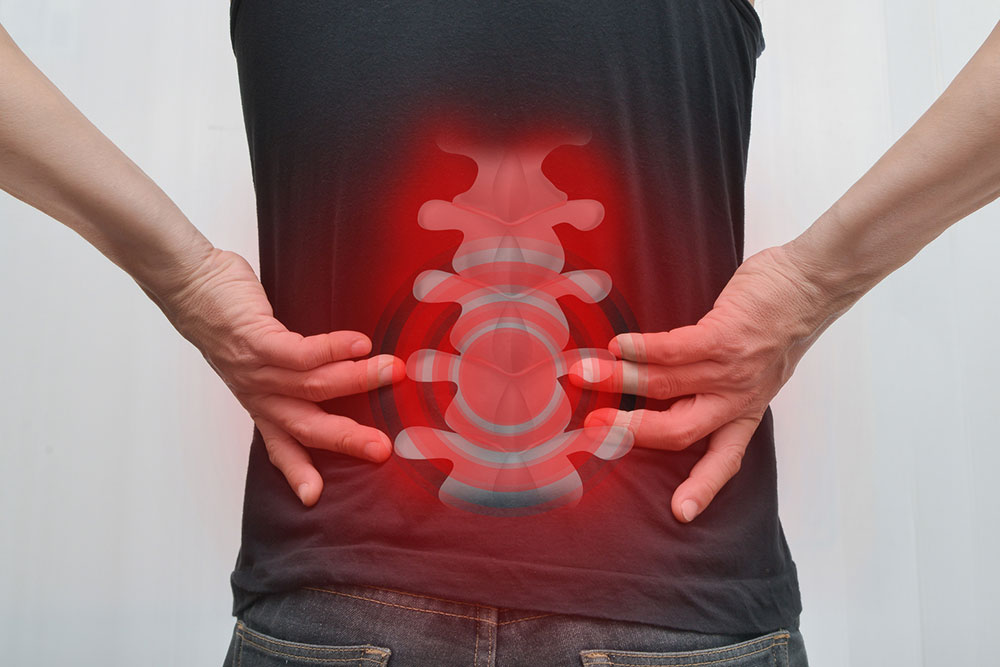Here is How You Can Identify the Symptoms of Osteoporosis
When the body loses bone mass faster than it can restore its bone health, this bone disease is known as osteoporosis. Osteoporosis causes bone loss and affects the mineral density that makes the bones weak and more susceptible to fractures. An estimated 10 million people in the country suffer from osteoporosis and 80% of the cases reported are women.
Identifying the symptoms
Osteoporosis is a “silent” disease as one may suffer from the symptoms and be completely unaware of the condition. There are a few ways to watch out for these osteoporosis symptoms that cause pain and can affect a person’s mobility.

Symptoms in the early stages
A developing condition of osteoporosis can be identified when even the slightest of impact from a fall or injury causes the bones to break. One can watch out for these osteoporosis symptoms in the early stages.
- Weak gums
A receding gum line suggests the jaw is losing bone mass. The gums become weak and can no longer anchor the teeth. - Low grip strength
If one experiences trouble holding onto an object or maintaining a strong grip, it can be a result of a developing osteoporosis condition.
Physical changes in one’s fingernails as a result of compromised bone health is another possible indicator in the early stages.
Symptoms in later stages
One can watch out for these osteoporosis symptoms in the advanced stages as the bone deterioration increases in intensity.
- Height loss
Loss of height is the most noticeable symptom caused due to the compression of the spine as a result of bone loss. - Fractures
Fragile bones are more susceptible to fractures and some of the most harmless actions including a sneeze or cough can trigger a mild fracture. The spine, wrist, and hips are common points in the body where osteoporosis can trigger a fracture. - Posture
The compression of one’s spine as a result of the vertebrae collapsing directly affects the posture. A stooped posture or gradual curving of the upper back can indicate a serious problem of osteoporosis.
Common diagnosis
The doctor will conduct a bone density test to test the strength of the bones. One of the common tests is the central dual-energy X-ray absorptiometry (DXA) test done using a special type of X-ray that emits a small amount of radiation. A diagnosis becomes all the more necessary after the age of 65 as bone density gradually decreases with age. One must also account for risk factors that can trigger early osteoporosis and have tests done accordingly.
One can take immediate action to prevent further bone loss and maintain bone density with simple changes in their diet and lifestyle.
- Calcium intake
Increase your calcium intake to supplement the daily requirements of the bones by incorporating calcium-rich foods. These include low-fat dairy products, sardines, salmon, broccoli, beans, legumes, collard greens, kale, boy choy, and almond milk. - Vitamin D
Additionally, one must get enough vitamin D to help the body absorb calcium. So, get at least 15 minutes of good exposure to sunlight to stimulate the production of vitamin D. - Regular exercise
Weight-bearing exercises help build bone mass and density.

